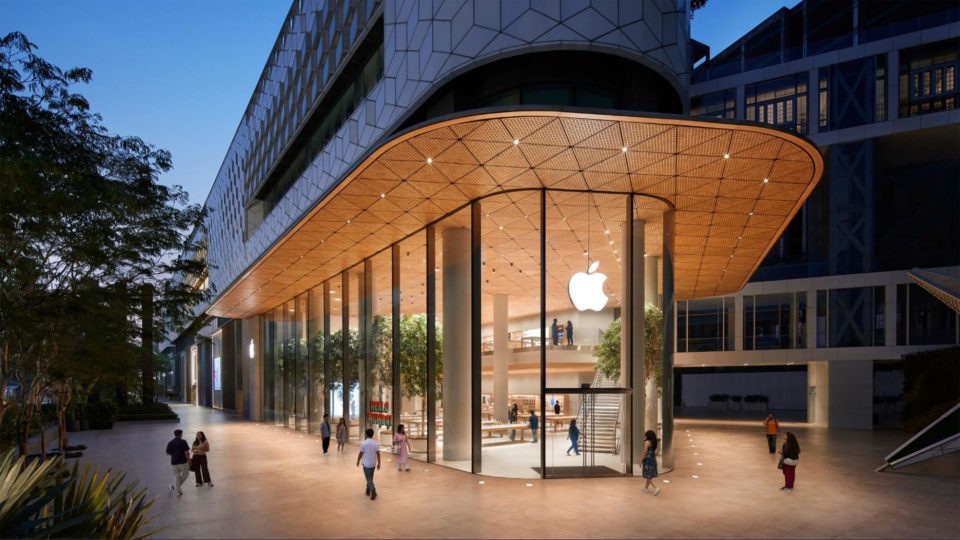How can Peak Indicators help retailers get on top of data?
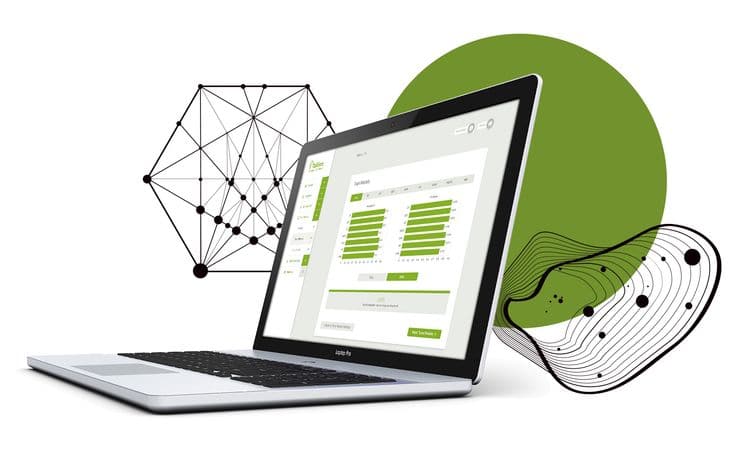
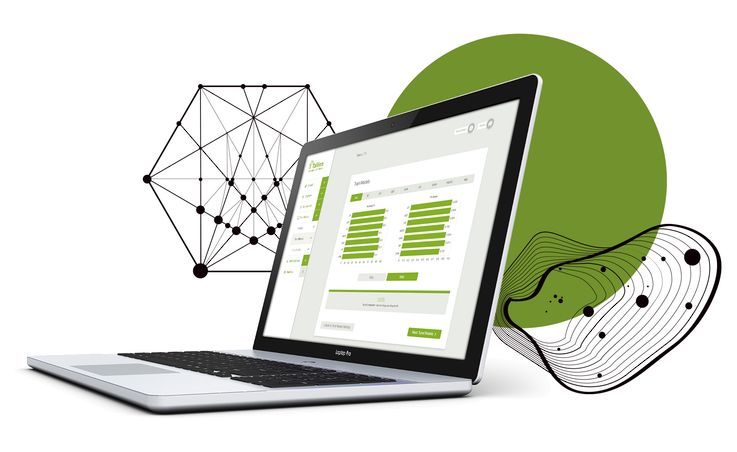
Data. Analytics. Words we’ve all become familiar with, but that many still struggle to do anything meaningful with. Enter Peak Indicators, an expert in business analytics and using data to make better decisions.
It’s on a mission to make machine learning and AI accessible to all. The company’s recently developed augmented machine learning platform Tallinn is the latest step towards this by helping businesses fast-track their way into the world of machine learning.
We spoke to data science lead Paul Clough about how machine learning and AI is impacting retail, what developments are ahead and if we should be imposing any limits on technology:
Paul Clough, Data Science Lead, Peak Indicators
Can you describe Peak Indicators in a nutshell?
Peak Indicators helps companies improve their performance through business intelligence, analytics and machine learning. What makes us different to other companies is that we design, build and manage applications across the whole data lifecycle.
There are two main sides to the business – the first is more traditional data management and reporting activities, and the second is learning insights from data through advanced analytics and machine learning.
Who are you working with?
We have worked with a range of businesses. One of our biggest projects is with HSBC where we manage the reporting and analytics for the HR side of their business, serving dashboards and reports to around 65,000 users. Using the data, we can help users gain insights on staffing and support activities such as managing employee benefits and identifying churn to create actionable insights.
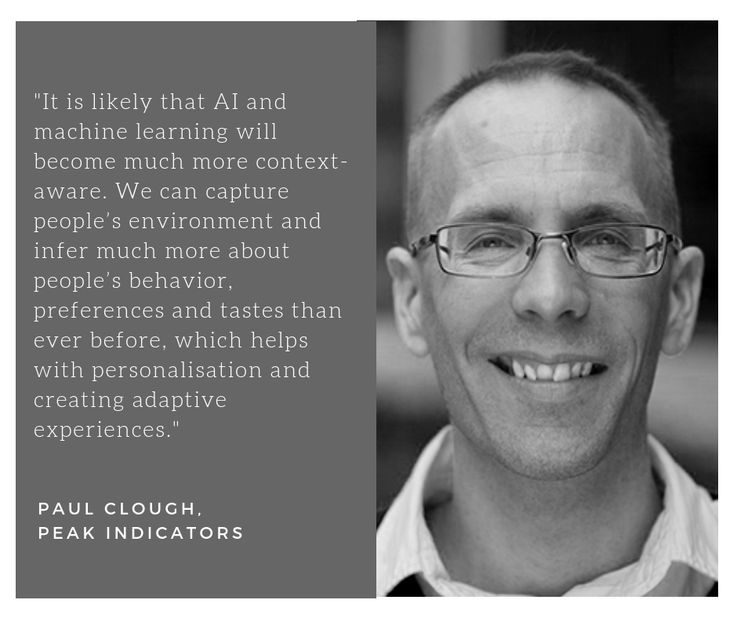
Can you tell us about Tallinn?
At its heart Tallinn is an augmented machine learning platform that seeks to support businesses with data science. We are offering it as ‘serveware’, meaning both a platform for machine learning along with support from our data scientists and analysts. Built on open-source big data technologies, the tool itself can either be installed on premise, or accessed remotely via the cloud.
Tallinn is a fast-track tool that makes it one step easier to interact with data. There are pre-built workflows and features that automatically generate metrics to improve your machine learning models. It requires no coding and is designed to reduce the cost, effort and risk of machine learning.
You don’t need to hire data scientists to use it, although you do need some basic data knowledge. Gartner talks about the ‘citizen data scientist’ who is someone who has business expertise, but not necessarily a full qualification in data science. They would be able to learn faster using Tallinn as you can start to experiment with different problems straight away.
How is it used?
There are various offerings and typically involve a partnership with clients. Our consultancy offering starts at around £10,000 where a company can bring us a problem and talk to a data scientist about how we might be able to solve it.
We will look at what data you’ve got that we can use to inform the project and sketch out how Tallinn could be used to solve the chosen problem. With one of our retail partners we are using Tallinn to predict and manage stock levels for example.
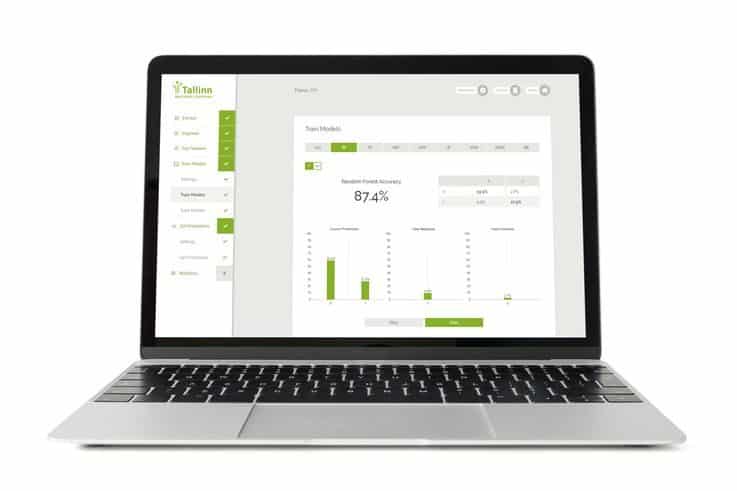
How is machine learning and AI impacting retail?
There’s lots of stuff happening offline that is now coming online. For example, virtual shopping assistants providing personalised advice. There are also lots of new technologies transforming retail services.
For example, in fashion companies like Asos and Zalando are starting to use advanced image recognition and mobile apps. You can take a picture of an object or someone you see on the street and the app will use visual analysis and machine learning to show matching items from a product catalogue or make recommendations of what products shoppers may also like.
But how far should the technology go? Recent cases of algorithmic bias or using people’s data without consent are raising important ethical questions around AI. Just because the tech can do something doesn’t always mean we should automatically do it if the results could affect people’s welfare or privacy.
What are the big developments that are ahead in AI?
AI isn’t new. It’s been around since the 50s. But there are things possible today that weren’t possible even five years ago.
One of the big changes is access to data. We now have data of all kinds, from text, image and video as well as numeric, coming in greater volumes and real-time, for example from sensor data and Internet of Things. Another big change is advances in the availability of software for machine learning. A few years ago, Google launched TensorFlow, an end-to-end open source deep learning platform, which has taken the world by storm.
It is likely that AI and machine learning will become much more context-aware. We can capture people’s environment and infer much more about people’s behavior, preferences and tastes than ever before, which helps with personalisation and creating adaptive experiences. Capturing human intelligence and aspects such as creativity is one of the hardest things in AI but is gradually becoming a reality.
Images courtesy of Peak Indicators


